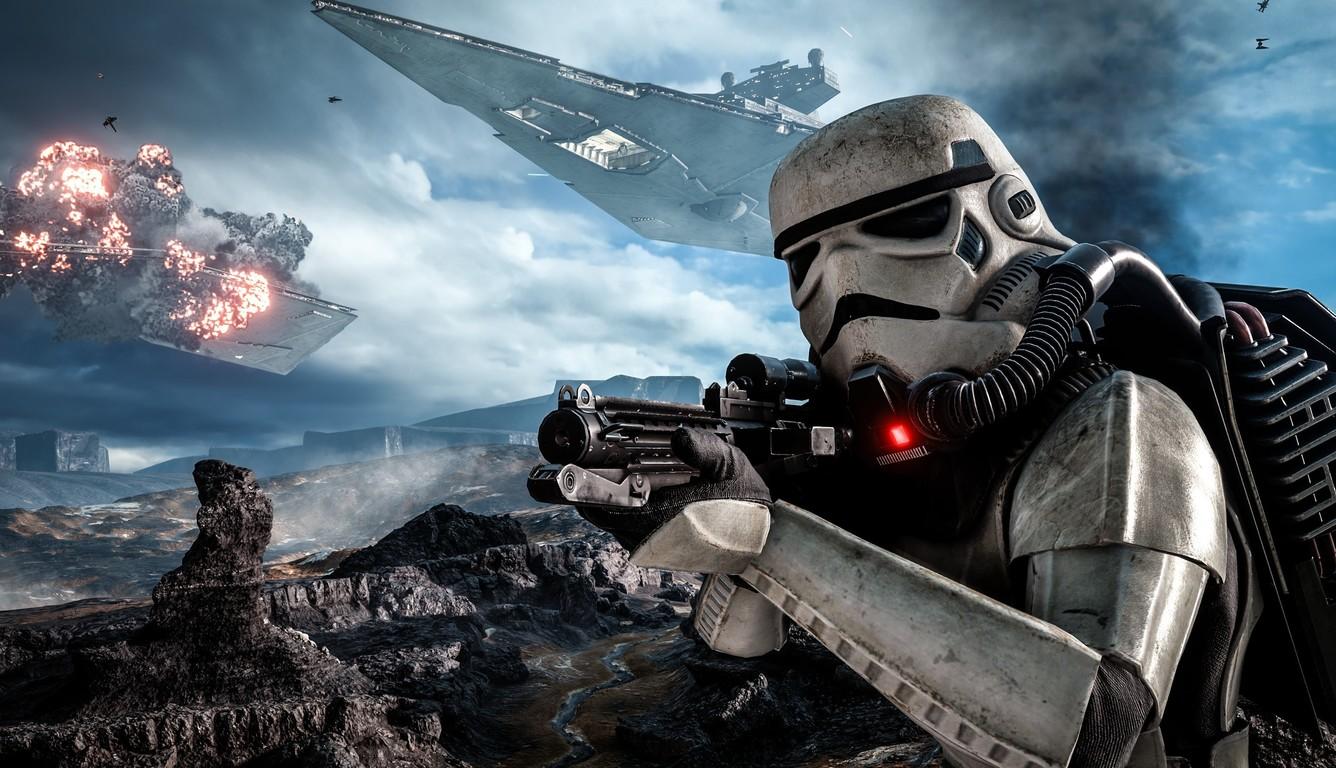Let’s get the obvious out of the way right now.
In Battlefront II, player progression and its associated loot box economy, is bad. Publisher EA has received an enormous amount of pushback from the Battlefront and wider gaming community on this issue, and has to its credit indicated significant changes are on their way. [Editor note: EA Games has now suspended the in-game paid for Loot Crates]
That makes reviewing the game as it stands, or at least its multiplayer, extremely difficult. Will this be the same game that you buy, or will it be completely different? This highlights the double-edged nature of the new normal world of “games as a service.” Constantly shifting and changing, games can improve vastly after release, but it does mean making “objective” statements that will last the length of the game’s life becomes increasingly difficult for critics and reviewers. Indeed, in the middle of writing this review EA and developer DICE have announced the first of a series of changes that will decrease the unto-now interminable grind; the time to acquire star cards and unlock hero characters and ships.
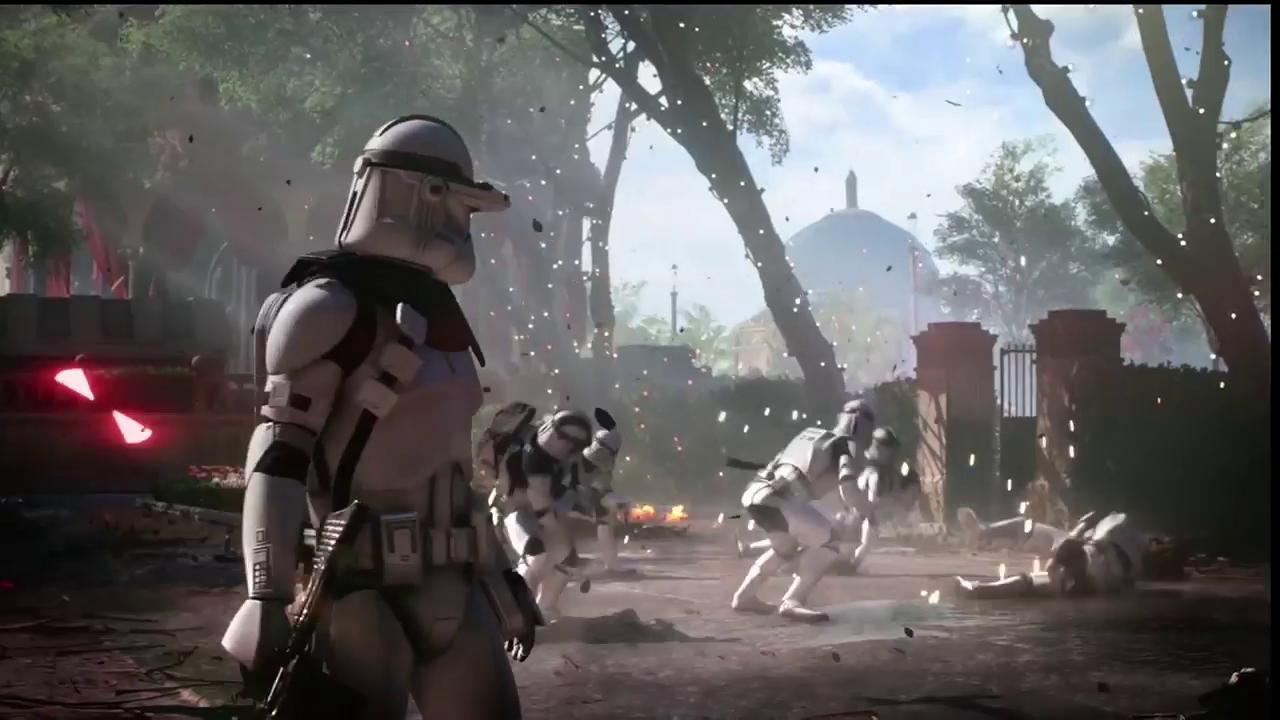
But why is this trend happening in the first place? I believe there are two main factors: developments in the mobile gaming space feeding back into PC / console. Game development costs are rising: developers need to find new ways to recoup this cost in the face of stagnant (and including inflation, decreasing) game prices. EA tried charging for DLC in the first Battlefront, but this just split the playerbase. The obvious “solution” is what EA has done – introduce loot boxes and make all DLC free. But the structure, direction and intricacies of this model can vastly differ from one game to the next. Gamers have tended to punish games with “pay to win” mechanics, while generally tolerating those with only cosmetic or “time skip” purchasables.
So EA was in a difficult place. 2015’s Star Wars Battlefront was largely forgotten and didn’t have the longevity I expect EA wanted it to have. In their attempt to solve the issues of that game, they have clearly swung too far around the other way. But there is hope – with substantial changes to the progression system, there is much to commend Battlefront II for. Its absolutely gorgeous, its new campaign adds significantly to the Star Wars lore, and the moment to moment gameplay has been ramped up.
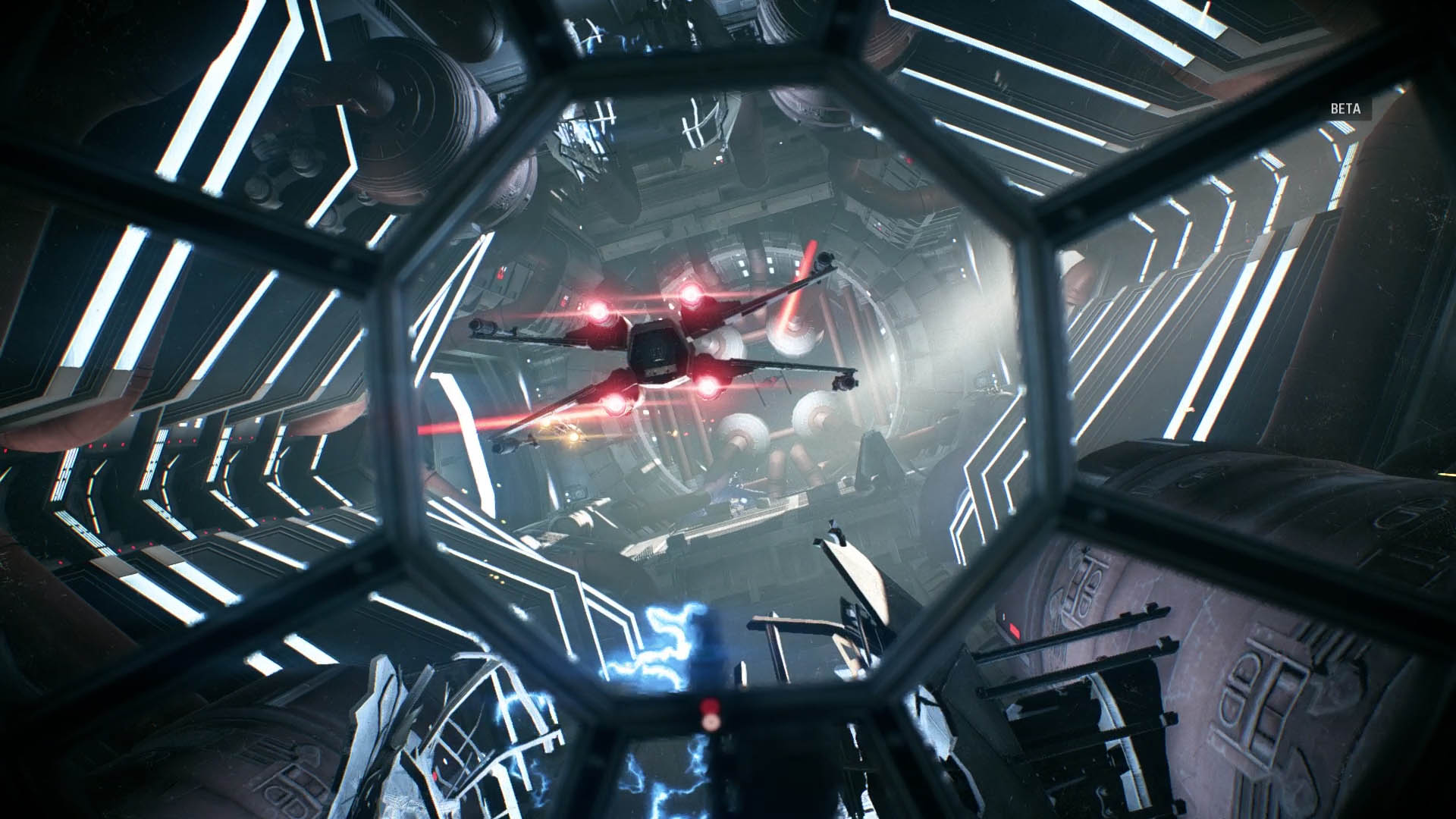
Let’s start with perhaps Battlefront II’s best feature – its presentation. Playing on the PS4 Pro I was continually amazed and impressed how the worlds of Star Wars had been so impressively brought to life. Lighting in particular is spectacular, alongside near-photorealistic textures that bring each TIE Fighter, blaster and hero to life. I recently rewatched Episode II, and its pre-rendered CGI pales in comparison to what we can now do in real time.
DICE have also done a fantastic job in presenting a realistic sense of scale. This is particularly true in starfighter assault (more on that below), where skimming a Star Destroyer in an A-Wing makes you feel small and insignificant.
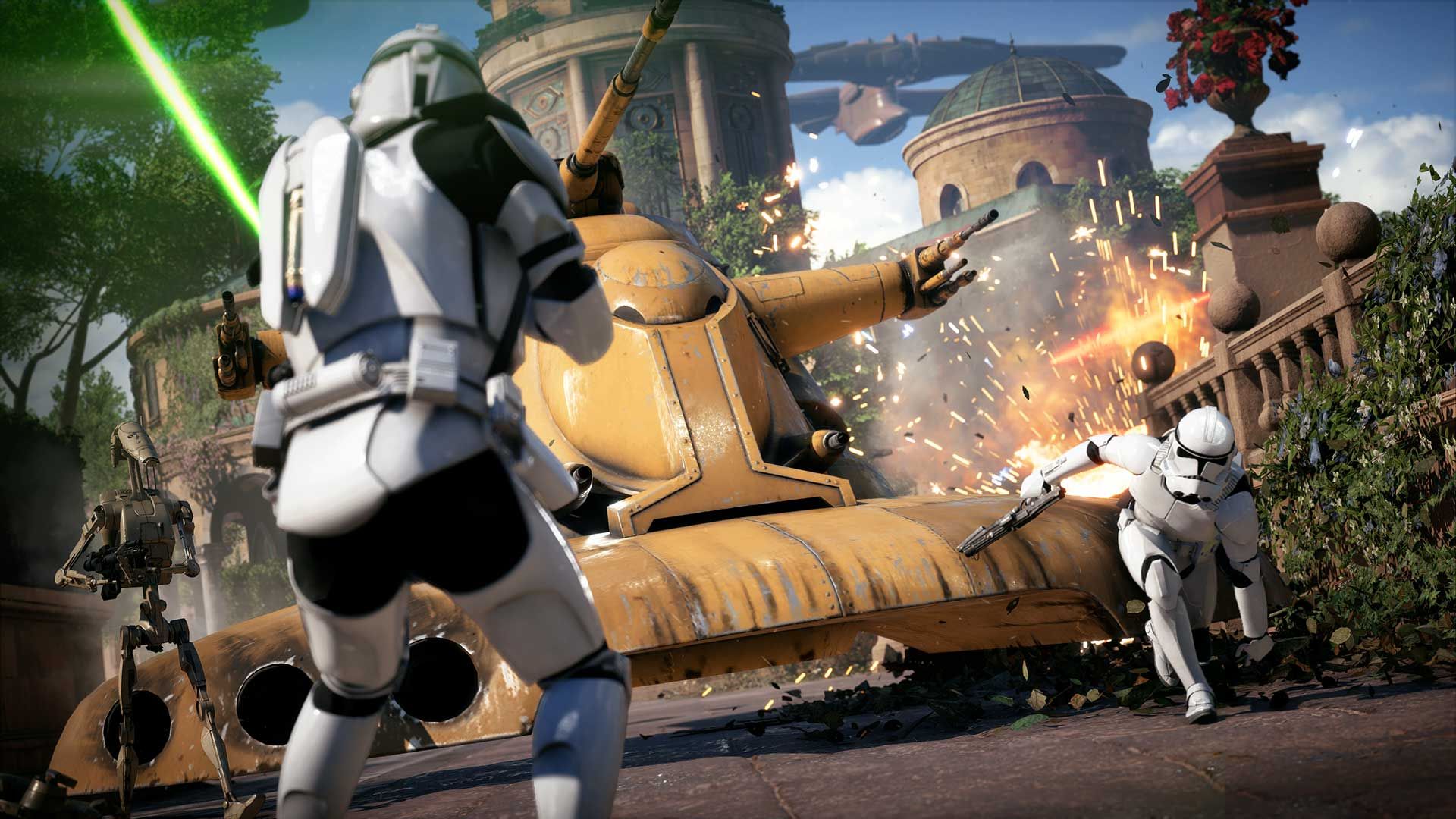
The first Star Wars Battlefront launched without a campaign, a risky bet that the expensive to make but short story modes were no longer wanted by gamers. But this turned out to be badly judged; gamers love campaigns, especially those set in the Star Wars universe.
So EA has made up for it in Battlefront II, with a short campaign that acts as an extended tutorial for the different multiplayer game modes and maps, set to an all new story. Beginning immediately following the end of Episode VI – Return of the Jedi with the explosion of the second death star, you play as Iden Versio – Commander of Inferno Squad, an elite counter-terrorist unit of the Empire. I was excited to sink my teeth into a campaign where you can play as the villain, but (obvious spoiler ahead), I was disappointed when Iden quickly turned to the Alliance mere missions into the game. The rest of the campaign was a headrush of planets, names and cameos. While this might have been overwhelming, each mission was relatively short, and I ended up burning through it all in one sitting.
There is even a small non-combat part, which just made me nostalgic for the now-cancelled Amy Hennig / Visceral Star Wars game. Still, I am glad that EA included a campaign this time around. It’s a quiet introduction to the complicated mess that are large-scale Battlefield / Battlefront games, including its star card upgrade system.
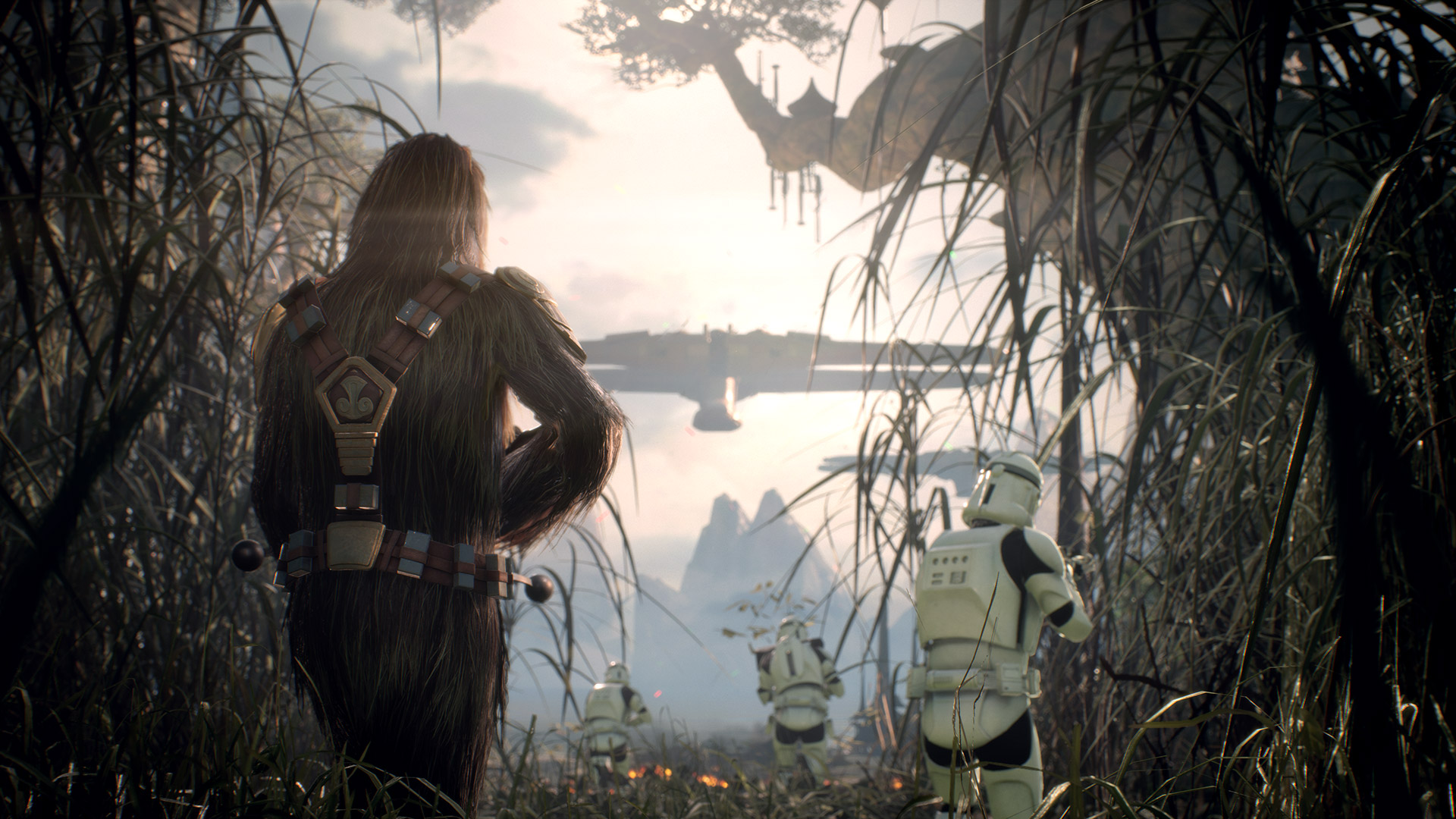
Ground combat is the core of the Battlefront II experience, the meat (grinder) and bones of what players will spend most of their time with. There’s a decent selection of modes, including Galactic Assault (which are multi-phase) and Heroes vs Villains battles. The large scale battles, as in Battlefront I were impressive with so many players, often in a relatively small area. Unique elements such as sights not increasing accuracy or damage and weapon overheating rather than bullet magazines also make a return. It’s all very competent, though there are some things missing, such as the ability to select maps or have custom games. DLC, including new maps and hero units will be free too, so there won’t be the drastic player fragmentation that plagued the first game. Everyone will have equal opportunity to grind.
But in some ways I was a bit let down by a lack of mechanical progress since 2015’s Battlefront. Instead of being perfectly balanced, I would have liked to see some asymmetrical battles that adhered more closely to the lore. Why not have 5 on 10 Clone troopers vs droids instead of making the battle droids unnaturally powerful, instead of the expendable machines they’re presented as in the movies? This is especially true in star fighter assault, as the equalisation of a TIE Fighter to an X-Wing doesn’t make much lore sense. There’s a sense of opportunity lost here, but if you can gloss over the discrepancy it doesn’t actually detract from the multiplayer as you play it.
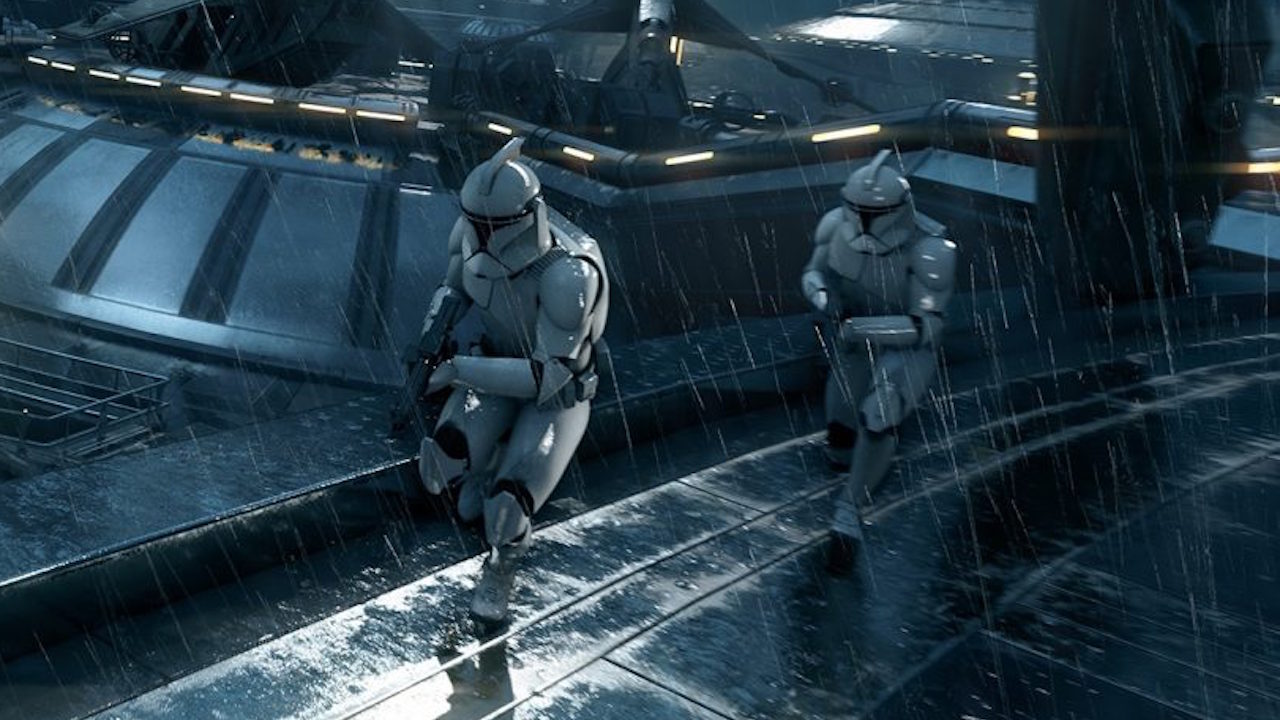
The Star Card system makes it hard to know whether you died because of your skill level, or because of some random bonus that your opponent won out of a loot box that they grinded for. It often acts like house rules for monopoly, artificially extending the length of the game by giving players better defence or more health, and increasing the time to kill.
You can play offline by yourself or split-screen with a buddy in Arcade, but there’s limited credit gain (recently upped to 1500 credits) to prevent farming, but it does remove all motivation to play Arcade once you’ve reached that limit.
In the 2015 Star Wars Battlefront reboot starfighter missions were always much less than they could have been. Ships felt like they were on a stick in front of the camera. For Battlefield II, EA has brought in developers Criterion to focus on improving this system. And how much better it is now. Controls are responsive, fluid and handle far better than they did before. As in ground combat, ships appear from all canon timelines, which is a welcome addition. I never did feel that the Naboo Starfighter got enough time in the limelight.
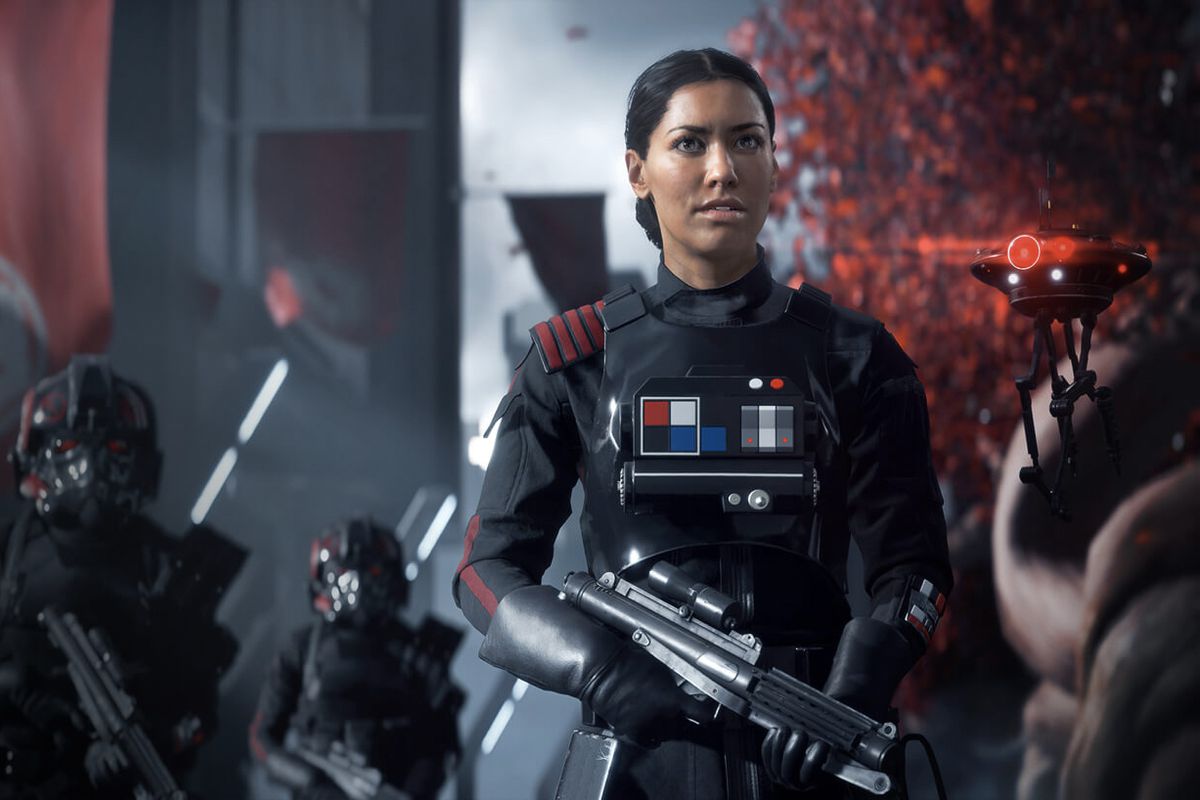
Within each timeline there are three classes of ships. The all rounder fighter (e.g. X-Wing, TIE Fighter), the fast one (e.g. TIE Interceptor or A-Wing), and the slow bomber one (e.g. Y-Wing, TIE-Bomber). Given the vast distances ships traverse in any given match however, I personally found that my performance didn’t really differ depending on which one I chose. Space battles are hectic, fast-paced affairs that truly capture the fragility of flying pieces of metal in the near-vacuum of space filled only with laser blasts of pure energy.
Hero ships make an appearance too but you’ll have to earn them, first by unlocking them in with credits then in each match with points earnt. It certainly removes the game of hero-ship camping prevalent in the first game, and makes the appearance of a hero ship in each battle more impactful, but with fewer chances to actually get in the cockpit of the Millenium Falcon or Slave I it can be frustrating.
Mixed bag is an overused metaphor, but it applies to Star Wars Battlefront II more than almost any other game. Each individual element of this game is fantastic, from the presentation to the story to the moment-to-moment combat, but it’s significantly held back by the meta-structure of the credit and Star Card system. It gets its roots into every part of this game, and I only hope that EA will address it. Once it does though, Battlefront II is an easy recommendation, especially to already enamoured with the Star Wars universe.

Released: November 2017
Rating: M15+
Platforms: PlayStation 4, Xbox One
Genre: Action
Developer: DICE, Criterion
Publisher: EA Games</p

